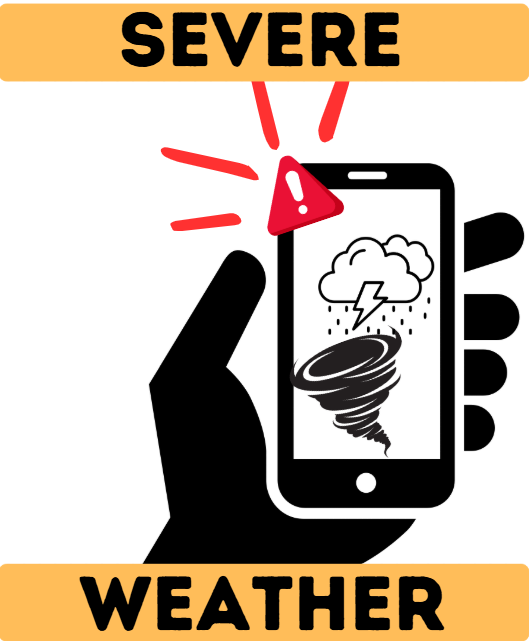The saying ‘April Showers bring May Flowers’ is proving to be very true for those living in the Midwest. But, instead of showers, meteorologists are warning Illinois and Missouri residents to prepare for tornadoes, heavy rainfall and severe thunderstorms from April 11-16.
According to the National Weather Service, the central U.S is having a cold front move in, creating prime conditions for severe storms and tornadoes and raising concern for widespread damage.
The severe weather is following a week of storms in early April, which left parts of the Midwest and South dealing with destruction.
The National Weather Service reported multiple tornadoes and flooding, giving a preview for the weather expected to continue.
Illinois residents are especially at risk this season, with the state already seeing intense storms at the beginning of April resulting in fatalities and flooding. Experts are left with worries about a repeat of past disastrous seasons.
This year’s tornado season is already showing signs of intense storm surges, according to Laura Blevins of the Storm Prediction Center. Dr. Blevins said that they are beginning to see a pattern similar to the 2011 tornado season, raising concerns for those living in the Midwest.
The 2011 season was one of the worst recorded tornado seasons in history, with more than 1,500 tornados, including the deadly Joplin tornado that claimed 161 lives.
In addition to tornadoes, heavy rainfall is expected to accompany thunderstorms, raising concerns over flash flooding. The National Weather Service is urging all residents in Illinois, especially those in low-lying and flood-prone areas, to stay prepared for floods this season.
The comparison to the 2011 tornado season is a harsh reminder to people of the unpredictability of nature and spring weather in the Midwest. As the region braces for potential destruction, authorities are urging Midwesterners to take the necessary steps to stay safe.
With tornado season reaching its peak through the months of April and May, experts are advising residents to take precautions like identifying nearby storm shelters and having a trusted weather app to watch.


